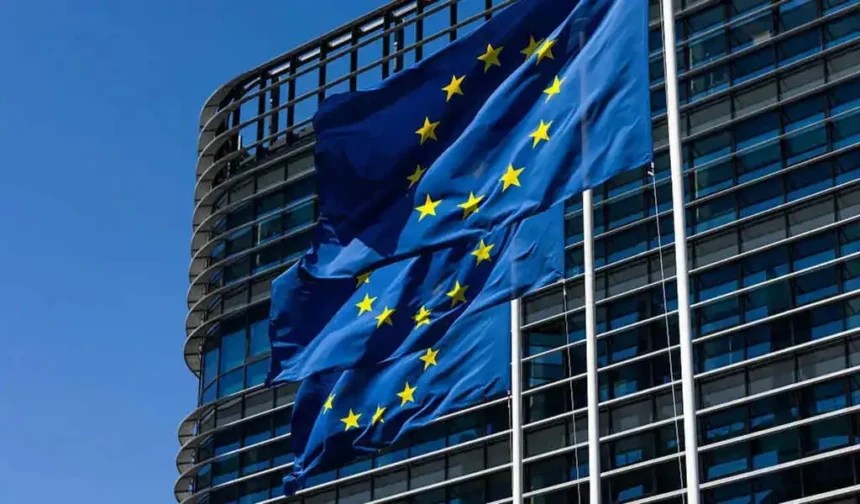(CTN News) – The United States will impose a 30% tariff on imports from the European Union and Mexico on August 1, according to a statement from President Donald Trump on Saturday.
Trump disclosed the increased tariffs in letters to Mexican President Claudia Sheinbaum and European Commission President Ursula von der Leyen. These letters appeared on Trump’s social media network, Truth Social.
Trump addressed Sheinbaum, saying, “Mexico has been assisting me in securing the border;
However, their efforts have been insufficient.”
In his letter, President Trump noted that tariffs on goods from the European Union will not be imposed if the 27-member union or EU companies choose to build or manufacture items in the US.
According to him, “The amount you elect to increase them by will be included in the 30% fee that we charge.” This comes in response to the EU or Mexico imposing greater tariffs in response to the situation.
The European Union (EU) was working to negotiate at least a preliminary deal in order to avoid being the latest recipient of a letter from Trump ordering a new levy on all of its exports to the United States.
Although both parties had lately signaled progress in their negotiations, Trump issued a letter to the EU threatening fresh tariffs.
Trump had threatened to levy 50% tariffs on the goods of the group.
According to the Office of the United States Trade Representative, the European Union (EU) exports more goods to the United States than all other countries combined. In 2022, the total value of products imported from the European Union exceeded $553 billion.
The US Trade Representative estimates that in 2022, the US imported approximately $454.8 billion worth of goods from Mexico. Von der Leyen has published a statement saying that imposing 30% tariffs on European Union goods would cause major disruptions to crucial supply lines that traverse the Atlantic.
This would be devastating to businesses, customers, and patients on both sides of the Atlantic. In her statement, she stated that the European Union is “prepared to continue its efforts to reach an agreement by August 1.”
“Concurrently, we will implement proportionate countermeasures as necessary to protect EU interests.”
President Trump dispatched comparable correspondence to 23 additional US trading partners this week, including Canada, Japan, and Brazil. Tariff charges of 20% to 50% are generated by these letters.
The letters primarily portray the increased tariff levels as an important component of the Trump administration’s efforts to quickly construct a more “reciprocal” global trade landscape.
The tariff declaration published by President Trump on April 2 for “Liberation Day” was an attempt to accomplish this goal in a single action. In this announcement, he imposed a nearly global 10% tariff and raised levies on imports from almost sixty countries.
The statement sparked days of frenetic dumping on worldwide markets.
A week later, Trump banned most extra chores for 90 days.
According to the proposal provided by his trade officials within that time frame, the United States can negotiate up to ninety new trade agreements. On Wednesday, when the ban was about to expire, the administration had only signed preliminary agreements with the United Kingdom and Vietnam.
Trump prolonged the tariff moratorium until August 1, according to his announcement on Monday. On the same date, the tariff rates imposed in his most recent series of letters will come into effect. In an interview with NBC News on Thursday, President Trump announced his intention to increase the global tariff baseline rate by up to 20%.
“We will simply declare that all remaining countries will be obligated to pay, irrespective of whether the amount is 20% or 15%.” Trump made the following statement: “We will address that issue at this time.”
SOURCE: CNBC
SEE ALSO:
Investigation Report: Air India Plane Was Deprived Of Fuel Moments Before Crash
Man Arrested After Grabbing Policemans Gun, Shoots 2 Police Officers
Legislators Visit ‘Alligator Alcatraz,’ But They Wonder How Much They Can See















